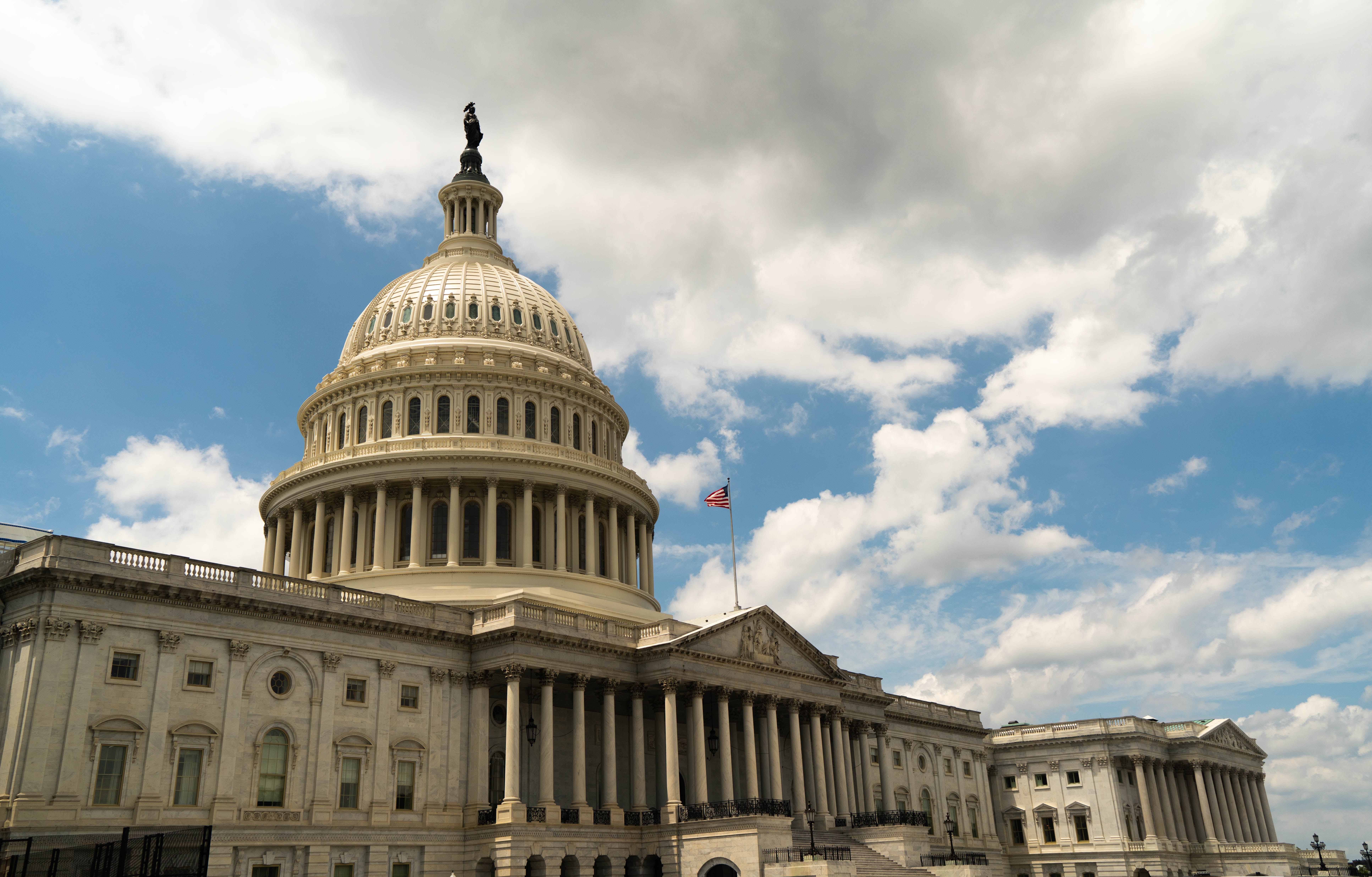
A corporation can deduct the compensation that it pays, but not its dividend payments. Thus, if funds are withdrawn as dividends, they’re taxed twice, once to the corporation and once to the recipient. Money paid out as compensation is taxed only once, to the employee who receives it.
However, there’s a limit on how much money you can take out of the corporation in this way. The law says that compensation can be deducted only to the extent that it’s reasonable. Any unreasonable portion is nondeductible and, if paid to a shareholder, may be taxed as if it were a dividend. As a practical matter, IRS rarely raises the issue of unreasonable compensation unless the payments are made to someone “related” to the corporation, such as a shareholder or a member of a shareholder’s family.
How much compensation is “reasonable”? There’s no simple formula. IRS tries to determine the amount that similar companies would pay for comparable services under like circumstances. Factors that are taken into account include:
There are a number of concrete steps you can take to make it more likely that the compensation you earn will be considered “reasonable,” and therefore deductible by your corporation. For example, you can:
As in most tax situations, planning ahead avoids problems later. Contact our office today to discuss this or any other aspect of your current or deferred compensation strategies.

Have you created your online accounts with the Internal Revenue Service (IRS) and Franchise Tax Board (FTB) yet? We encourage ALL of our clients to create or update their online accounts with the IRS and relevant state tax agencies. With online accounts, taxpayers gain access to important tax information including balances due, payments made, tax records, and more.
In many cases, you can locate or request relevant information via your online account which will minimize or eliminate the need to sit on hold with tax agencies. Plus, account creation takes just a few minutes! Individual taxpayers have the ability to create both Federal IRS and California FTB accounts, however businesses are only able to create California FTB accounts at this time.
The following and more can be done via your online accounts:
Both IRS and FTB:
IRS:
FTB:
Federal IRS
Log-In Page: https://www.irs.gov/payments/your-online-account
The IRS has partnered with ID.me, an IRS-trusted technology provider, to provide identity verification for IRS applications. Individual taxpayers and tax professionals are required to verify with ID.me for a secure login.
Please note, existing IRS username and passwords no longer work as of Summer 2022. As such, we suggest creating an ID.me account and completing the identity verification process now.
How to sign-up:
Select “Sign in to your Online Account” and either create a new account or sign-in using a previous login.
If you have an existing ID.me account from a state government or federal agency, you can sign-in without verifying your identity again. If you’re a new user, you’ll have to create a new ID.me account.
To create your account, you will need:
Tips for creating your ID.me account:
California FTB
Log-In Page: https://www.ftb.ca.gov/myftb/index.asp
Step-by-step Instructions: https://www.ftb.ca.gov/myftb/help/how-to-guides/individuals/register.pdf
How to sign-up:
You must have a recent California tax return on file in order to register for a MyFTB Individual account. If you filed a joint tax return, you must each register for a separate MyFTB Individual account.
To create your account, you will need:
After you create your account, you will receive a letter in the mail containing a Personal Identification Number (PIN). The PIN will be mailed via the United States Postal Service within 3 to 5 business days. Please allow 10 business days to receive the PIN. You have 21 days from the date you register to enter your PIN to activate your account.
This is a one-time use PIN is used to activate your MyFTB account. You will not need it again to login. You will need to enter this PIN online in order to activate and gain access to your account.
Please note: Individual taxpayers also have the option of activating their account via online “personal question” screening instead of the mailed PIN.

The Infrastructure Investment and Jobs Act, signed by President Biden earlier this week, contains many provisions related to individuals, businesses, information reporting, pensions and excise tax. Contained here is a high-level overview of some of the key provisions that may impact you or your business. For more detailed information, please contact us to discuss how these provisions relate to your specific tax situation.
Individual Provisions

The Infrastructure Investment and Jobs Act of 2021 (IIJA) was signed into law on Nov. 15, 2021. The IIJA includes IRS information reporting requirements that will require cryptocurrency exchanges to perform intermediary Form 1099 reporting for cryptocurrency transactions. Generally, these rules will apply to digital asset transactions starting in 2023.
Existing reporting rules. As you probably know, if you have a stock brokerage account, then whenever you sell stock or other securities you receive a Form 1099-B at the end of the year. Your broker uses that form to report details of transactions such as sale proceeds, relevant dates, your tax basis for the sale, and the character of gains or losses. Furthermore, if you transfer stock from one broker to another broker, then the old broker is required to furnish a statement with relevant information, such as tax basis, to the new broker.
Digital asset broker reporting. The IIJA expands the definition of brokers who must furnish Forms 1099-B to include businesses that are responsible for regularly providing any service accomplishing transfers of digital assets on behalf of another person (“Crypto Exchanges”). Thus, any platform on which you can buy and sell cryptocurrency will be required to report digital asset transactions to you and the IRS at the end of each year.
(more…)As part of the Tax Cuts and Jobs Act of 2017, the deduction for state and local taxes (SALT) was limited to $10,000 for both single and married taxpayers. This limitation had unfavorable consequences for many taxpayers, including many middle-class taxpayers living in high tax states such as California and New York. As part of the budget deal reached for California, the governor signed AB 150 which includes provisions for the elective passthrough entity tax. For tax years 2021 through 2025, qualified S-corporations, partnerships and LLCs that are required to file a California tax return can elect to pay a passthrough entity tax of 9.3% on qualified net income. Owners will claim a nonrefundable credit for the amount of tax paid on their share of the passthrough income. If not utilized, the credit can be carried forward for up to five years.

In case you missed it in our February tax newsletter article entitled IRS Turbocharges the Employee Retention Tax Credit…
Recent changes to the Employee Retention Tax Credit (ERTC) have the potential for a huge refundable payroll tax credit for your business!
New legislation passed now allows even recipients of PPP loans to take the credit retroactively for 2020 (previously not allowed) and has recently further extended the credit through December 31, 2021.
To be eligible for this credit, the business must either:
Below is a summary of the updated payroll tax credit amounts potentially available to your business:
For 2020, there is a maximum credit of $5,000 per eligible employee. The 2020 credit is computed at a rate of 50% of qualified wages paid, up to $10,000 per eligible employee for the year. For Eligible Employers with less than 100 average full-time employees in 2019, the credit is available for all employees receiving wages in 2020.
For 2021, there is a maximum credit of $7,000 per eligible employee, per quarter. The 2021 credit is computed at a rate of 70% of qualified wages paid, up to $10,000 per eligible employee, per quarter. For Eligible Employers with less than 500 average full-time employees in 2019, the credit is available for all employees receiving wages in 2021. Don’t leave money on the table! Please contact us today and we will connect you with a payroll tax credit specialist referral who can review whether you qualify for the Employee Retention Tax Credit and determine the amount of payroll tax credit your business can claim.

The much discussed aid package has been signed into law after significant delay and controversy. We’ll be revisiting this topic in the coming days as the details become clearer. Meanwhile, here are the key takeaways:
A $600 check to many Americans. The phase-out begins for those earning $75,000 annually and disappears at $99,000. The amount is reduced by $5 for every $100 in additional income. If your 2019 income makes you ineligible but you made a lot less in 2020, you still may be eligible for the money in the form of a refundable tax credit.
Additional unemployment benefits of $300 a week, lasting through mid-March.
Additional benefits for freelancers and gig workers.
A tax credit for employers offering paid sick leave.
$284 billion for businesses and revival of the Paycheck Protection Program, which ended some months ago.
Businesses that received PPP loans and had them forgiven faced tax confusion. The new bill will make it clear such businesses will be allowed to deduct the costs covered by those loans.
Breaks for renters and homeowners: $25 billion in rental relief and an extension of the eviction moratorium through Jan. 31, 2021.
A ban on surprise medical bills, which sometimes occur when a patient unexpectedly gets care outside of a network. Going forward, insurance companies will have to work these out with providers.
Additional protections and aid for bankruptcy filers.
Mortgage forbearance–temporarily reducing or pausing payments for 180 days.
One of the smallest provisions is also one of the most divisive: the return of the 100% deduction of the so-called three-martini lunch — that is, an increased tax break for business lunches, which are currently at 50%. This applies to restaurant and takeout meals paid for in 2021 and 2022, according to analysis from Forbes, and is not retroactive.
According to the SHRM, key employer provisions include:
What’s Out
Several heavily debated items are off the table, although they may appear in bills in the near future. Their elimination was part of a series of compromises:
Although the bill is now law, it may take a while before all the details become clear. The IRS and other government departments will likely offer additional guidance, and again, we will have more on the law’s provisions.
Please contact us today to discuss how this will affect you and your tax situation.
©2020

Individuals will be able to claim a $300 above-the-line deduction for cash contributions to qualified public charities in 2020. This rule effectively allows a limited charitable deduction to taxpayers claiming the standard deduction.
This new deduction is a COVID-related change for 2020 and an effort on the IRS part to reward those who contribute:
“Our nation’s charities are struggling to help those suffering from COVID-19, and many deserving organizations can use all the help they can get,” said IRS Commissioner Chuck Rettig. “The IRS reminds people there’s a new provision that allows for up to $300 in cash donations to qualifying organizations to be deducted from income. We encourage people to explore this option to help deserving tax-exempt organizations – and the people and causes they serve.”
In addition, the percentage limit on charitable contributions has been raised from 60% of modified adjusted gross income (MAGI) to 100% for those itemizing.
Give us a call today to discuss how this will affect your and your family’s tax returns!

One of the most significant features of the SBA’s Paycheck Protection Program is the forgiveness provision—the loans become grants for companies that use the loans to maintain their workforce levels. Companies that have met the stringent requirements need to fill out a form and follow instructions carefully—they include several measures to reduce compliance burdens and simplify the process for borrowers, including:
The application requires extensive information about your business and the loan, so be sure to have your paperwork ready as you begin.
©2020

The IRS has provided guidance for taxpayers who wish to waive or reduce the amount of net operating loss (NOL) that must be carried back related to NOLs arising in tax years beginning in 2018, 2019 and 2020 (Rev. Proc. 2020-24). It has also extended the deadline for filing an application for tentative carryback adjustment under Section 6411. This extension applies to NOLs that arose during a tax year beginning in 2018 and ending on or before June 30, 2019.
(more…)